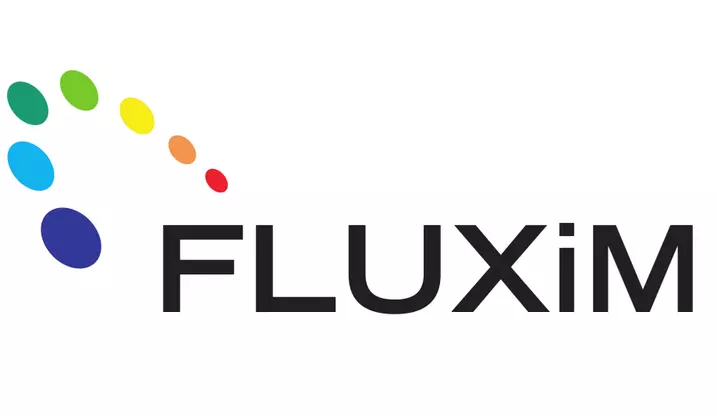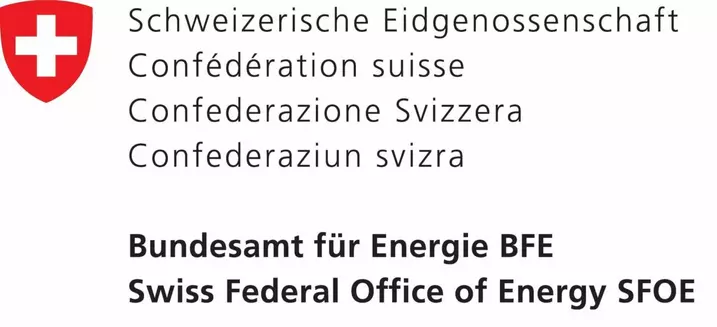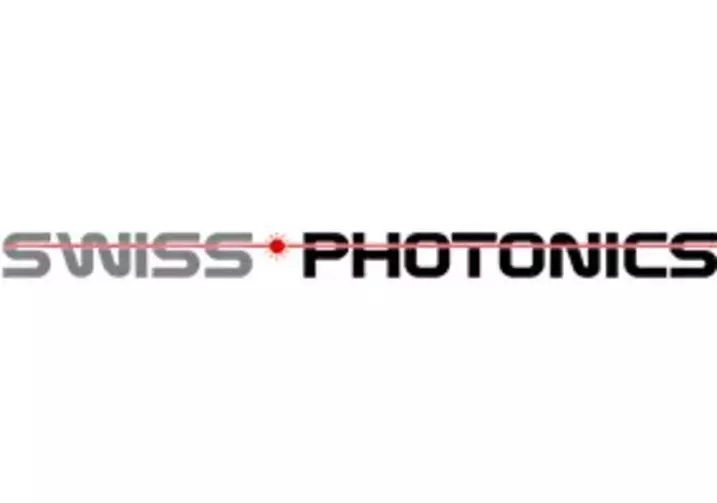International Conference on Simulation of Organic Electronics and Photovoltaics, SimOEP 2024, September 2nd - 4th
The SimOEP conference brings together modeling experts and device physicists from industry and academia in the field of organic and perovskite solar cells as well as OLEDs. In recent years we also host a session on emerging devices from batteries to quantum dot LEDs. The addressed topics include charge and heat transport, exciton dynamics, light propagation and the simulation domain ranges from nanometer to centimeters.
Previous conferences
Conference website SimOEP 2022
Conference website SimOEP 2020
SimOEP 2024

Products of Organic Electronics, Photovoltaics and Batteries are successfully penetrating consumer electronics and renewable energy markets. Commercialization is accelerating continuously and everyone can enjoy amazing new products to buy, for instance stunning OLED displays for mobile devices and TVs as well as flexible organic solar cells. With the commercial success of OLED display products and the rise of perovskite solar cells and solid state batteries, one may be tempted to disregard the many research challenges that we are still facing in this field and which prevent an even wider exploitation of these technologies.
The challenges are manifold. So are the synthetic materials these technologies are based on. Physical models and simulation algorithms are very useful in this context. They enable scientists to explore the behavior of a material or device on a computer. On the one hand, the numerical models help to understand and interpret measurement data and to further develop refined and reliable physical models. On the other hand, the models allow one to optimize materials and devices. Progress in this field relies on an interdisciplinary approach that combines experimental, physical, chemical and numerical expertise.
The motivation of this unique conference is to bring together these experts and enjoy a fruitful scientific exchange among them that will focus on a comprehensive range of topics. This will eventually lead to ever more reliable, validated physical models which accelerate our research efforts. We are pleased to chair this conference that continues a series of successful international simulation workshops on this topic previously held in Switzerland (2010, 2011, 2016, 2018, 2020, 2022) and Spain (2012, 2014).
This year, the event will again be held physically in Winterthur & Fluxim’s R&D tools will be exhibited and demonstrated during the event.
Conference Committee
Beat Ruhstaller, ZHAW Zurich University of Applied Sciences
Evelyne Knapp, ZHAW Zurich University of Applied Sciences
Sandra Jenatsch, Fluxim AG
Ennio Comi, ZHAW Zurich University of Applied Sciences
A speaking time of 15 minutes for the presentation including Q&A is scheduled for contributed talks. Invited speakers will have 30 minutes of speaking time including Q&A.
Registration fees
- 300 CHF for PhD and Master students
- 400 CHF for professionals and scientists
- Conference dinner is included
Get your ticket here.
Book of Abstracts
Download the book of abstracts(PDF 7,3 MB) (version from 10.07.2024).
Confirmed Speakers
| Topic | ||
|---|---|---|
| Priscilla Caliandro | BFH, CH | Li Ion Battery from Electrochemical Characterization to Advance Modeling |
| James Connolly | GEEPS, FR | Three Terminal Organic-Silicon Tandem Models |
| Ludvig Edman | Umea, SE | Light-Emitting Electrochemical Cells: Basic Understanding for Functional and Sustainable Devices |
| Vasilis Georgakopoulos | Fluxim AG, CH | Numerical Study of Trap Induced Capacitance in Polymer Light Emitting Diodes |
| Jesper Jacobsson | Nankai University, CN | The Quest for Interoperable Perovskite Solar Cell Data: Challenges and Opportunities |
| Christoph Kirsch | ZHAW, CH | Simulation Study of a Model Reduction Approach for Large-Area Devices |
| Anna Köhler | Uni Bayreuth, DE | Simulating Charge Transport in the Limit of High Carrier Densities or Low Disorders |
| George Koutsourakis | NPL, UK | Indoor Standard Testing Conditions (ISTC) for Indoor Photovoltaic Device Testing |
| Peter Levermore | Excyton Ltd., UK | TurboLED: Smart Display Design |
| Larry Lüer | FAU, DE | Identifying crucial device parameters in emerging photovoltaics: towards a digital twin |
| Alex Morata | IREC, ESP | Study of Diffusion in Li-ion Electrodes by Operando Spectroscopic Ellipsometry |
| Giles Richardson | University of Southampton, UK | |
| Ifor Samuel | University of St Andrews, UK | |
| Andreas Schiller | Fluxim AG, CH | Assessing the Influence of Illumination on Ion Conductivity in Perovskite Solar Cells |
| Safa Shoaee | Potsdam University, DE | Illuminating The Dark Side Of Triplet State And Its Role On VOC In PM6:o-IDTBR Solar Cells |
| Franky So | NCSU, USA | Optics and Photonics of Nanostructure OLEDs |
| Edoardo Stanzani | Fluxim AG, CH | Investigation of Exciton Quenching Mechanisms in OLEDs through Combined Characterization and Simulation |
| Miguel Torre | ZHAW, CH | Ion Migration and Its Impact on Recombination in Perovskite Solar Cells |
| Christian Wolff | EPFL, CH | Halide Perovskite Multijunction Solar Cells |
| Oliver Zbinden | ZHAW, CH | Machine Learning for Surpassing Limits in Perovskite Solar Cells |
Workshops & Exhibition
We will once again feature workshops utilizing Fluxim's R&D tools. Our product experts will present the newest features of Setfos, Paios, and Litos Lite. This is an excellent chance for you to get the inside track on upcoming development plans and to share your invaluable feedback.
See Our New Prototype Instruments
What instruments do researchers want next? That is the question we hope to answer in a series of short pitches where we will present prototypes of our future products.
Bring Your Devices with you
We´re going one step further this year at the exhibition and we are hoping to demonstrate how invaluable our tools are to researchers by measuring them while you watch.
As time is limited, we can only offer this service to a limited number of people. If you would like to participate, please contact Fluxim by e-mail (info@fluxim.com) and we will confirm with you prior to the conference. We can measure lab scale OLEDs, QD LEDs, MicroOLEDs, Perovskite Solar Cells, Tandem Solar Cells and Organic Solar Cells.
Download the program as pdf(PDF 154,7 KB) (version from 02.07.2024)
Venue

Next to Winterthurs red tower:
ZHAW School of Applied Linguistics
Theaterstrasse 15c
8400 Winterthur CH
Building: SM, Mäander, Trakt C
Room: SM 01.01
Accommodations
ZHAW has arranged special packages with two nearby hotels. Please make your bookings directly with the hotel.
Plaza Hotel, Hotel Loge, Hotel Krone, Hotel Albani and Depot 195 Hostel are located within 10 minutes walking distance of the conference venue. Hotel Ibis is close to the bus station or about a 20-minute walk.
Plaza Hotel Winterthur (ZHAW discount available)
Hotel Loge Winterthur (ZHAW discount available)
Hotel Ibis Winterthur
Depot 195 Hostel
Hotel Krone
Hotel Albani
Sponsors
Phishing Warning
Be aware that SimOEP will never ask you to complete any payment via phone calls or emails.
We will not be responsible for any scam action. If you have doubts, contact us directly before acting: simoep.icp@zhaw.ch



